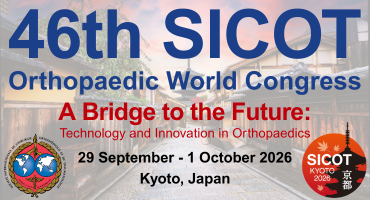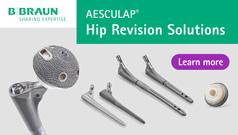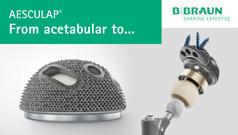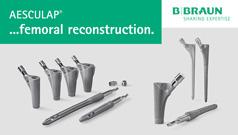SICOT Global Network for Electronic Learning - SIGNEL
Article of the Month: International Orthopaedics
Clinical significance of corrosion of cemented femoral stems in metal-on-metal hips: a retrieval study
Harry S. Hothi, Reshid Berber, Andreas C. Panagiotopoulos, Robert K. Whittaker, Camilla Rhead, John A. Skinner and Alister J. Hart
Purpose: The clinical significance of corrosion of cemented femoral stems is unclear. The purpose of this retrieval study was to: (1) report on corrosion at the stem-cement interface and (2) correlate these findings with clinical data.
Methods: We analysed cemented stems (n = 36) composed of cobalt-chromium (CoCr) and stainless steel (SS) in a series of revised metal-on-metal hips. We performed detailed inspection of each stem to assess the severity of corrosion at the stem-cement interface using a scale of 1 (low) to 5 (severe). We assessed the severity of corrosion at each stem trunnion and measured wear rates at the head taper and bearing surfaces. We used non-parametric tests to determine the significance of differences between the CoCr and SS stems in relation to: (1) pre-revision whole blood Co and Cr metal ion levels, (2) trunnion corrosion, (3) bearing surface wear and (4) taper material loss.
Results: The corrosion scores of CoCr stems were significantly greater than SS stems (p < 0.01). Virtually all stem trunnions in both alloy groups had minimal evidence of corrosion. The median pre-revision Co levels of implants with CoCr stems were significantly greater than the SS stems (p < 0.01). There was no significant difference in relation to pre-revision Cr levels (p = 0.521). There was no significant difference between the two stem types in relation to bearing wear (p = 0.926) or taper wear (p = 0.148).
Conclusions: Severe corrosion of cemented femoral stems is a common finding at our retrieval centre; surgeons should consider corrosion of CoCr stems as a potential source of metal ions when revising a hip.
Keywords: Cemented stem, Corrosion, Metal-on-metal, Retrieval
DOI: 10.1007/s00264-016-3116-4
INOR-D-15-00459.2


















